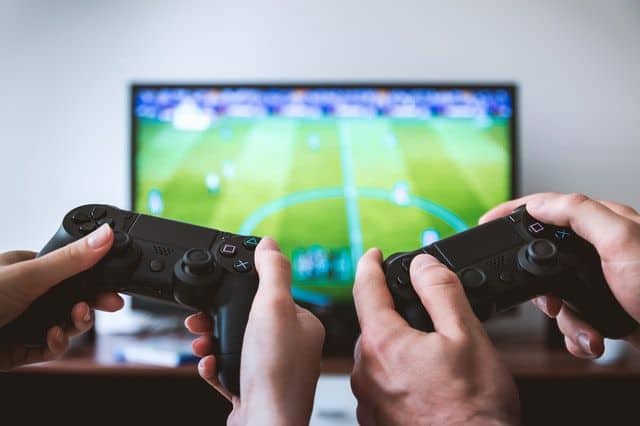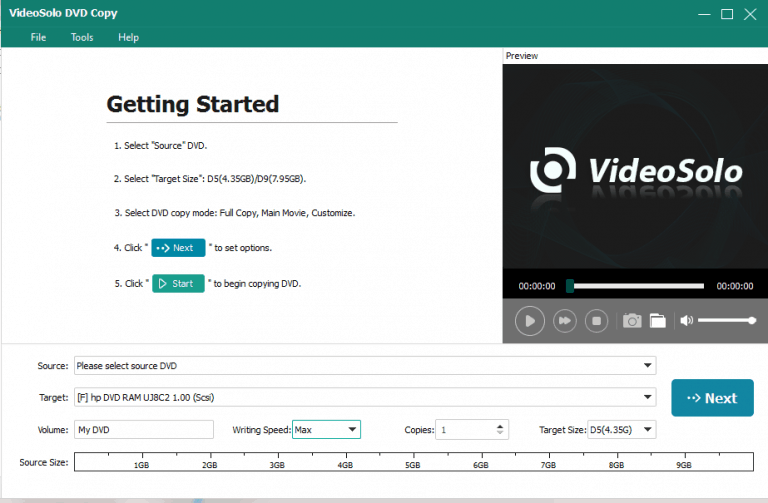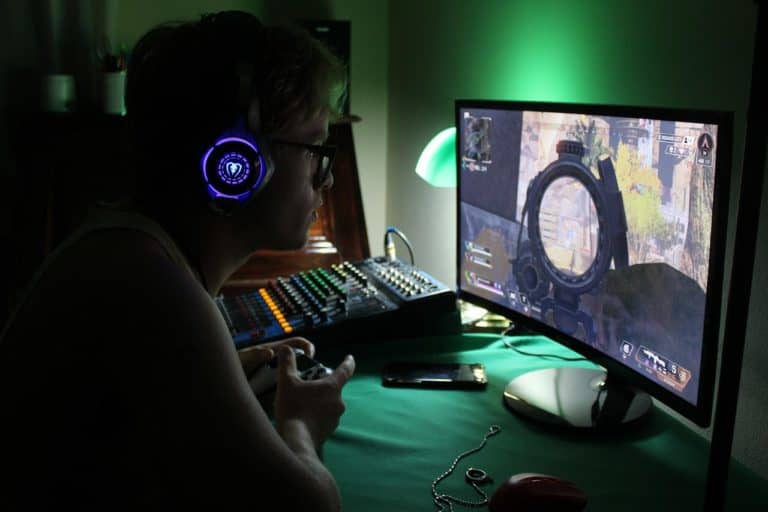A Gamer’s Guide to Building the Ultimate PC Gaming Experience

“Wanting something does not give you the right to have it.” – Assassin’s Creed 2
Well, when it comes to the world of gaming, that statement couldn’t be more wrong. With so many great games coming out in 2019 such as Mortal Kombat 11 and Resident Evil 2, wanting them and having them is a necessity. The world of gaming has never been more thrilling and exciting.
Being the proud gamer that you are, you know that in order to have the ultimate gaming experience, there are some key components you need to take your gaming experience to the next level. First, you’ll need to figure out of you want to go with a console or a PC.
Just Build It…
According to Business Insider, building your own gaming PC is incredibly rewarding, plus, the quality of your games look much better on PCs versus consoles. So, if that didn’t help shove you in the direction of building your PC, I don’t know what will. Now if you’re a true gamer, willing to take on the task of building your first gaming rig, here’s what you need to do.
What You Need: Let’s Get Started
The thought of building your own PC (personal computer) might be intimidating to most, but with a little time and patience, you’ll get through it! Plus building your own gaming rig allows you to customize it exactly how you want!
Prep-work/Tools
- Proper Workspace. To build your own gaming rig, you’re going to need ample space and a large enough sturdy surface to build on. Make sure your workspace is in an area with no carpet (to prevent accidental electrostatic discharge).
- Tools. The tools to build your gaming rig include scissors, a Phillips #2 screwdriver, and zip ties. Scissors will be utilized for cutting zip ties and unpacking. Your Phillips #2 screwdriver is the tool you will need throughout the duration of your building process. Zip ties will be helpful in keeping the many cables and cords together.
- Lighting Source. You definitely want to make sure that your workspace area is well-lit. It’s even more helpful to have a movable lighting source that will allow you to shine a light in those nooks and crannies that a ceiling light might not be able to reach.
Case
There are quite a few things to consider when it comes to picking out your case. You actually need to figure your case size out before picking out components. Cases for your rig typically come in three tower sizes: Full, mid, and mini towers.
Figuring out what size you need depends on where you’re going to put it. Once you know where you’re going to put it, you can then pick a tower size according to location. Building your own gaming PC also gives you an excuse to create the ultimate gaming room to go along with your gaming essentials for the ultimate gaming experience.
Components
Your components are the meat and potatoes of your gaming PC. Each component plays a specific role in your gaming experience. Take a look at what they do.
Central Processing Unit (CPU)
Your CPU is the brain of your PC. The CPU’s role in your gaming experience is that it’s the messenger to other components to instruct them to perform certain tasks and functions. With those tasks and functions, your CPU has two main performance metrics: clock speed and core count.
The core count tells how many tasks the CPU can perform, while the clock speed tells how fast the CPU is performing those tasks. A lot of computers today have multiple cores, so if you want to take advantage of that with your gaming, try to nab a CPU with at least four cores.
Motherboard
The motherboard is the component connected to everything. It’s the main circuit that has access to hard drives, memory, and graphics cards.
Memory
Also known as Random Access Memory (RAM), you can think of RAM as your computer’s short-term memory storing data that is actively being used. The key here is picking out exactly how much RAM you need… If you get more RAM than you’ll actually use, then you’re ultimately wasting money, while not having enough RAM to support your gaming activities will slow down your PC’s performance.
Graphics Processing Unit (GPU)
GPUs come in two forms: integrated and discrete. Integrated graphics processors are connected with the CPU while discrete graphics processors plug into the motherboard.
Storage
Solid-state drives and hard disk drives are the main types of storage. These drives store data for maximum storage capacities as well as for a boot drive.
Power Supply Unit (PSU)
This is a component that needs to be able to handle the other components. Essentially, this is the component that powers all of the other components!
System Cooling
If you can imagine, playing these games for hours upon hours, your PC is going to generate a lot of heat. You’re going to need to cool your PC by way of water with a liquid coolant or by air with fans.
PC Accessories
From keyboards to headphones, these gaming accessories are crucial to your gaming experience. For shooting games, you’ll definitely need the best peripherals to enhance your gaming experience.
What’s Next?
Your next steps are the installation process. You will now need to install all the components mentioned above. The building process of your PC allows you control over everything that goes into it and customizes it to play the games you want to play. You’ll need to install:
- CPU
- CPU Cooling System
- RAM
- Motherboard
- GPU
- Storage
- Power Supply
The cool thing about building your own gaming rig is that it’s a neverending process. You have to think about it like this, you not only have a totally customized gaming rig, but you also have a unique opportunity to make your PC withstand the tests of time too!
If there is a particular game that comes out that is a little more demanding of your components, you have the luxury to simply switch out those components to make your PC compatible for that game.
With you building your PC from scratch, you have the capabilities to swap out components when you need to, to keep your PC up to date with advances in technology. Not too many gamers have that luxury!





